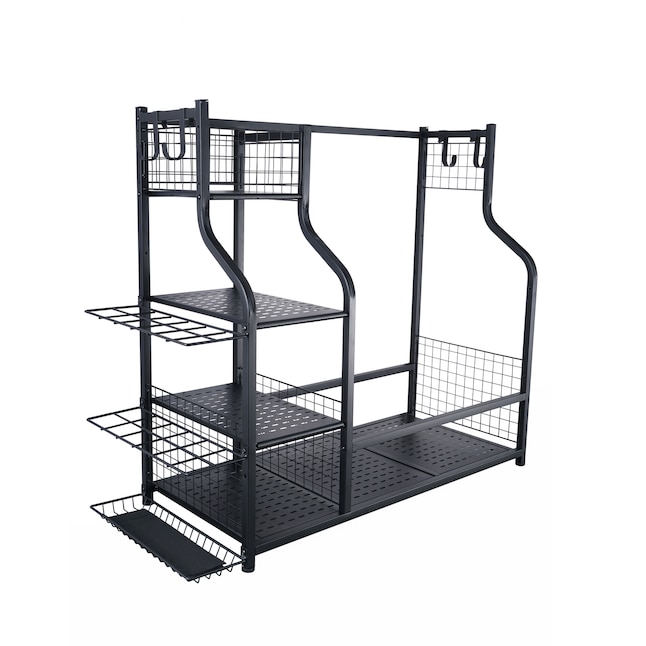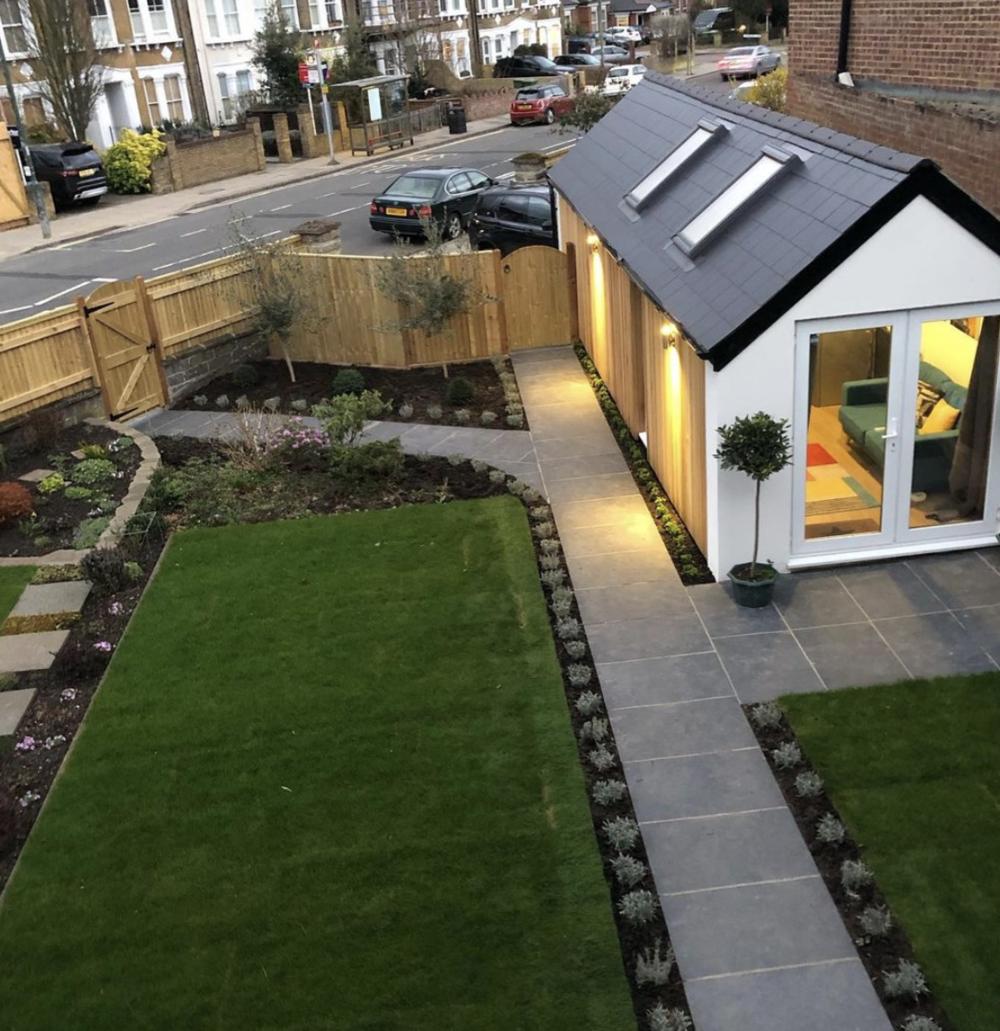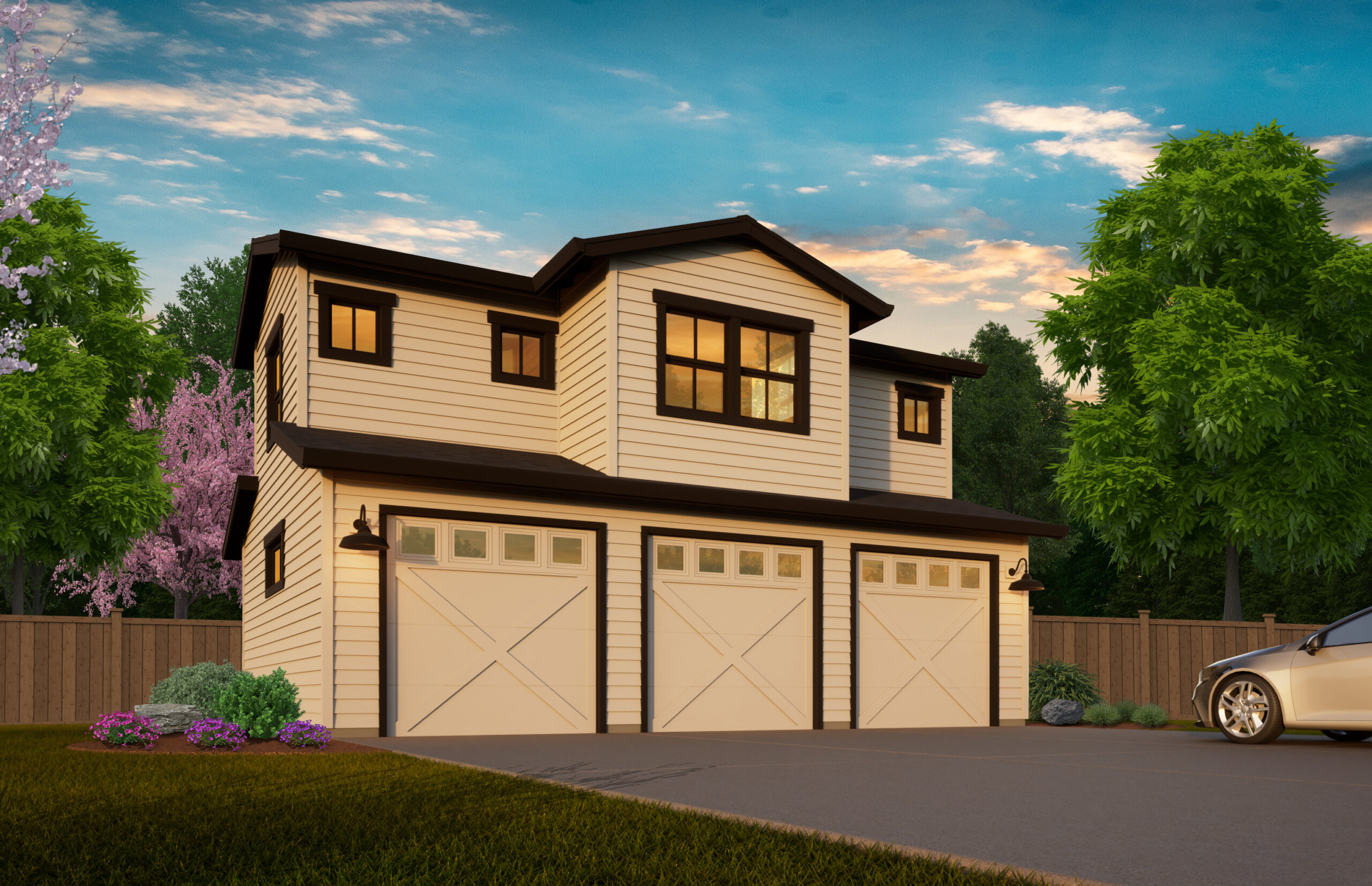
Plans for an attached garage can be used to create a new home or add to your property. These garage designs are available in many architectural styles, including modern and rustic. Many garage designs also have the option to add a second level, which makes them great for adding extra living space.
Attached Garage Plan: The Right Size for Your Needs & Budget
One of the best parts about building your own garage is that you can choose how big it will be. You can decide how many cars you want to park there and what type of storage space you need. It is also important to decide whether you want the storage space to be attached to your home or to a separate structure.
You should also consider the materials that you will use to build your garage. There are many choices, from metal to wood, when it comes to materials. Each material has its own pros and cons. It is therefore important to fully understand your requirements before beginning construction.

Garage Addition Design : Adding a garage onto your home can help increase your property's value as well as improve its appeal. It's also a great way to add extra space that can be used as an office, private gym, or a workshop.
This plan (plan 116-994) from Etsy seller SinelHousePlans is a good choice for those with smaller yards who aren't looking to build a two-story garage. It is 22-foot by-24-foot and can store up to 2 standard vehicles. The garage also includes a mudroom/broadway that connects to your house.
Over Garage Extension Design: The first step in building an addition to your garage is to get the plans approved by a local building official. The official will inspect your plans and check that they are compliant with all local building codes. It can be tedious, but it is worth it for your security.
Work with a contractor next to ensure the garage is built according to your specifications. It's also a good idea to get a cost estimate before you go ahead with the project.

There are a lot of things to keep in mind when designing a garage addition, so it's crucial to have all the details down before you start construction. This will avoid costly mistakes down the line.
Consider the layout of your electrical outlets as well as where you'll place shelving. This can make a huge difference in the way you use your new garage. You'll need plenty of room for a table and other items, so planning for that ahead of time will make it much easier to install.
A garage extension is a great option for people on a limited budget who don’t have the ability to renovate their home. It can also be an ideal solution for those who have a family that needs to stay with them on a regular basis, or for those who need extra space that can't be found in the main house.
FAQ
What is the difference of a remodel and renovation?
A remodel is a major change to a room or part of a room. A renovation is a minor alteration to a space or part of a place. A bathroom remodel, for example, is a major undertaking, while a new sink faucet is minor.
Remodeling involves replacing a complete room or a part of a entire room. A renovation involves only changing a portion of a room. Kitchen remodels can include changing countertops, sinks, appliances and lighting. A kitchen remodel could also include painting the walls or installing new lighting fixtures.
What are the largest expenses when remodeling a kitchen
When planning a kitchen renovation, a few major costs are involved. These include demolition, design fees, permits, materials, contractors, etc. But when we look at these costs individually, they seem pretty small. However, when you add them together, they quickly become quite large.
The most expensive cost is probably the demolition. This includes removing cabinets, countertops and flooring. Then you have to remove the drywall and insulation. Finally, replace the items.
You will need to hire an architect for plans. Next, you must pay for permits to ensure the project meets building codes. The next step is to find someone who will actually do the construction.
Finally, once the job is done, you have to pay the contractor to finish the job. You could spend anywhere from $20,000 to $50,000, depending on how large the job is. You should get estimates from multiple contractors before you hire one.
Plan ahead to cut down on some of these costs. You may be able to negotiate better deals on materials or even skip some of the work. You can save money and time if you are clear about what you need to do.
People often try to install their cabinets themselves. Because they don't have professional installation fees, this is a way to save money. They often spend more trying to install cabinets themselves. A professional can usually complete a job in half of the time that it would take you.
Unfinished materials can also be a way to save money. You should wait until all of the pieces have been assembled before you buy pre-finished items like cabinets. You can begin using unfinished materials right away if they are purchased. If things don't work out as planned, you can always modify your mind later.
Sometimes it is not worth the hassle. Planning is the best way save money on home improvement projects.
What should I do to my existing cabinets?
It depends on whether you're considering selling your home or renting it out. You will need to take down and refinish your cabinets if you are selling. This gives buyers the illusion that they are brand new, and allows them to envision their kitchens once they move in.
If you are looking to rent your house, it is best to leave the cabinets as-is. Renters often complain about dealing with dirty dishes and greasy fingerprints left behind by previous tenants.
You can also consider painting the cabinets to make them look newer. Just remember to use a high-quality primer and paint. Low-quality primers and paints can crack easily.
What is included in a full-scale kitchen remodel?
A kitchen remodel includes more than a new faucet and sink. There are also cabinets, countertops, appliances, lighting fixtures, flooring, plumbing fixtures, and much more.
Full kitchen remodels allow homeowners to modernize their kitchens without the need for major construction. This means that no demolition is required, making the project easier for both the homeowner and the contractor.
A kitchen renovation can include a variety of services such as plumbing, HVAC, painting, drywall installation, and electrical. A complete kitchen remodeling project may require multiple contractors depending on the size of the job.
Professionals with years of experience working together are the best way ensure a successful kitchen remodel. There are often many moving parts in a kitchen remodel, so small problems can cause delays. You should plan ahead and prepare a backup plan for any unexpected situations if you decide to DIY.
Remodeling a kitchen or bathroom is more expensive.
Remodeling your bathroom or kitchen is expensive. However, when you consider how much money you pay each month for energy bills, upgrading your home might make more sense.
A small upgrade could save you thousands of dollars each year. A few simple changes, such as adding insulation to walls and ceilings, can reduce heating and cooling costs by up to 30 percent. Even a small addition can increase comfort and resale values.
It is crucial to consider durability and ease of maintenance when renovating. Materials such as porcelain tile, stainless steel appliances, and solid wood flooring last longer and require fewer repairs than vinyl or laminate countertops.
You might find that upgrading to newer fixtures can cut down on utility costs. For example, installing low-flow showerheads and faucets can lower water usage by up to 50 percent. Replacing inefficient lighting with compact fluorescent bulbs can cut electricity consumption by up to 75 percent.
Why remodel my home when I can buy a brand new house?
While houses may get more affordable each year, the square footage you pay is still the same. Although you get more bang, the extra square footage can be expensive.
A house that isn't in constant maintenance costs less.
Remodeling can save you thousands over buying a new house.
Remodeling your current home can help you create a unique space that suits the way you live. You can make your home more comfortable for you and your family.
Statistics
- According to a survey of renovations in the top 50 U.S. metro cities by Houzz, people spend $15,000 on average per renovation project. (rocketmortgage.com)
- $320,976Additional home value: $152,996Return on investment: 48%Mid-range average cost: $156,741Additional home value: $85,672Return on investment: (rocketmortgage.com)
- 57%Low-end average cost: $26,214Additional home value: $18,927Return on investment: (rocketmortgage.com)
- 55%Universal average cost: $38,813Additional home value: $22,475Return on investment: 58%Mid-range average cost: $24,424Additional home value: $14,671Return on investment: (rocketmortgage.com)
- Windows 3 – 4% Patio or backyard 2 – 5% (rocketmortgage.com)
External Links
How To
How to remove tile grout from floor tiles
Most people don’t realize they use tile grouting. It is used to seal joints between tiles. There are many types available today. Each is used for a specific purpose. Here we will show you how to remove tile grout from floor tiles.
-
Before you begin this process, it is important to make sure you have all of the necessary tools. It would be best if you had a grout cutter, a grout scraper, and some rags.
-
Now, you will need to remove any dirt or debris from under the tile. Use the grout knife to remove the grout. Scrape away any remaining grout. You should not damage any tiles.
-
After you've cleaned up everything, grab the grout scraper to remove any grout. If you don't have any grout, you can continue to step 4.
-
Once you've done all of the cleaning, you can move onto the next step. Take one of the rags and soak it in water. The rag should be completely dampened. When the rag has become soaked, wring it out, so that excess water stays inside the rag.
-
Place the wet cloth on the joint where the tile meets with the wall. Keep the rag in place until the grout starts to separate. Slowly pull down on the rag until it is pulled towards you. Continue pulling it backwards and forwards until all the grout has been removed.
-
Continue to repeat steps 4 and 5, until all grout has been removed. Rinse the ragout. Repeat the process if necessary.
-
When you are done removing grout, clean the tiles using a damp cloth. Let dry thoroughly.